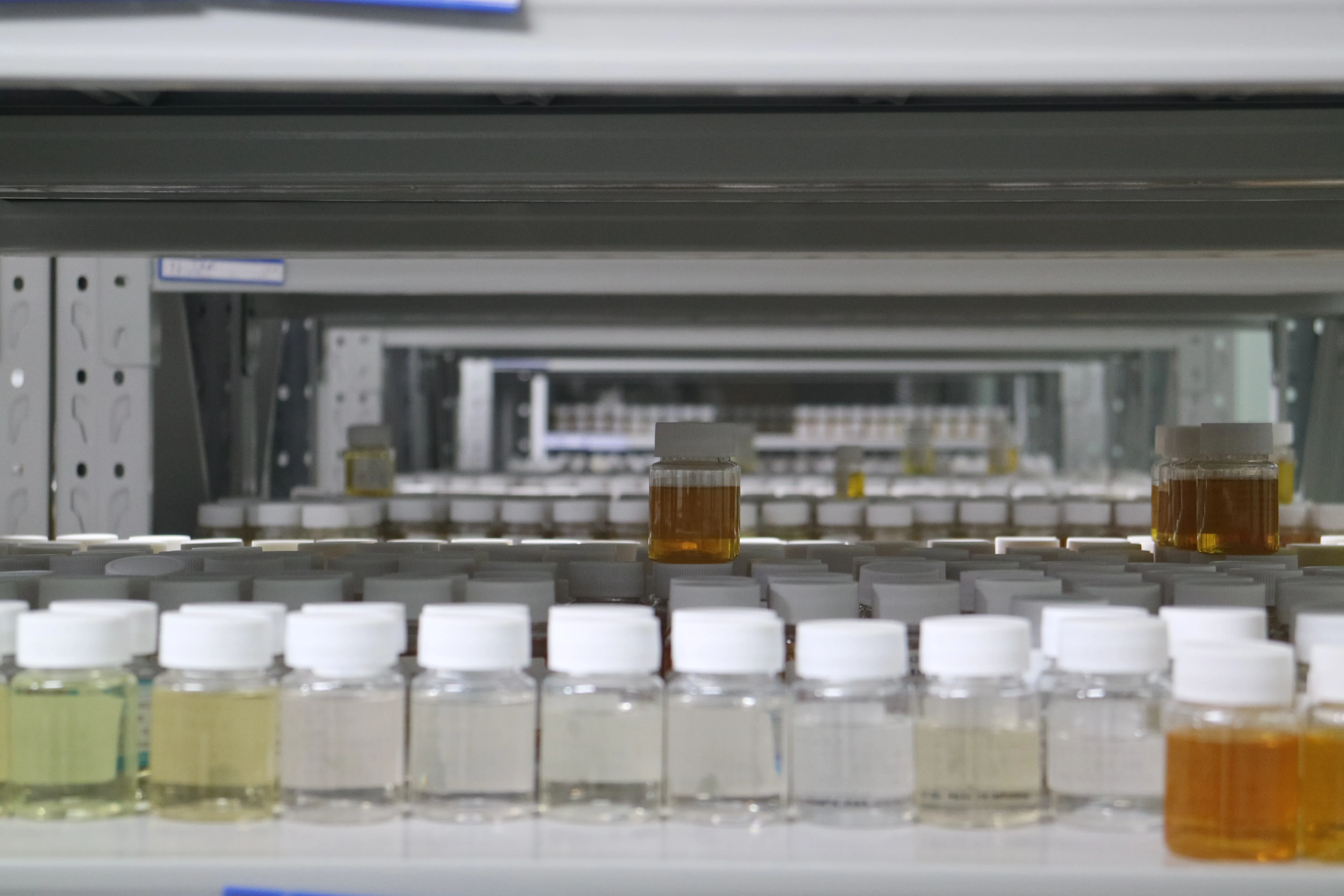
How to clean carbon buildup on an electronic cigarette heating coil?
Many DIY enthusiasts may find that their electronic cigarette heating coils are prone to carbon buildup, which can be frustrating. So how can this problem be solved? In this article, the author will explain in detail.
I. Why does carbon buildup occur on electronic cigarette heating coils?
Carbon buildup on electronic cigarette heating coils is a common problem. Regardless of the type of atomizer used, carbon buildup can occur in just a few days or even a few hours, mainly due to the presence of sugars or organic substances in some e-liquids. During the heating process, these substances will condense and distill, eventually forming carbon deposits. E-liquids with higher sugar content are more prone to carbon buildup, and fine particles in additives, such as plant fibers and fibers of various spices added to e-liquids, can also increase the likelihood of carbon buildup. This problem can be compared to the fact that the higher the fuel octane rating and purity used in a car, the less likely it is to produce carbon buildup.

II、Method One for Cleaning Carbon Deposits on Heating Wire
1. If your e-cigarette's heating wire has accumulated carbon deposits, it will have a distinct burnt taste when you smoke it. Generally, we recommend cleaning and changing the cotton every 1-3 days. You can follow the steps we provide below to try cleaning the carbon deposits on the e-cigarette heating wire. After removing the cotton, install the atomizer onto the main unit. Adjust the voltage to around 3.0V, just like when burning the wire. (The resistance used by the author is 0.16Ω, with the power adjusted to 55W.) Do not adjust the power too high, as the high temperature heating may cause the carbon deposits to explode and burn your hands, or even cause the entire heating wire to melt. When heating, you can smell a strong burnt smell, which is produced by the carbon deposits on the surface of the heating wire. After the heating wire turns red, you can see obvious carbon deposits attached to the surface of the heating wire like scabs. After heating the heating wire until it turns red, you can release the ignition button and then place the heating wire in warm water (around 40-60℃). Note that the main unit should not come into contact with the water.
Remember – do not ignite! Do not ignite! Do not ignite! Otherwise, the heating wire will short circuit and melt directly in the water.
2. Put the heated heating wire in the water. This rapid cooling process is called "quenching." If the temperature difference between the water temperature and the heating wire is too large, the heating wire will become brittle and easily break, which will directly affect the service life of the heating wire. After repeating the quenching process a few times, you can see many black particle-like carbon deposits in the water.
Then, you can use a brush designed for cleaning the heating wire to remove the carbon deposits hidden in the small gaps between the wires. This kind of brush usually comes in two materials: stainless steel and brass, with stainless steel being harder than brass.
Note that this cleaning method has some risks. Water is a conductor, and if it accidentally gets into the atomizer base or inside the device, it can easily damage the device. Therefore, cleaning must be done carefully!
3. Key points for cleaning:
a. When cleaning the heating wire, use gentle force and avoid using too much strength. Because the outer wire of the heating wire is usually relatively thin, excessive force can easily damage the outer wire.
b. When brushing the heating wire, brush in one direction and avoid repeatedly brushing back and forth. The usual practice is to brush from left to right and then from top to bottom, divided into two steps. Because repeatedly brushing back and forth can disrupt the original complex winding process and increase the gap between the outer wires.
Then, disassemble the entire atomizer and put it in an ultrasonic cleaning machine to ensure that all dirt is removed.
Finally, let the atomizer air dry and install it back onto the main unit, and adjust the heating wire. Then let the heating wire cool naturally to room temperature. In addition to adjusting the heating wire, this step also has a tempering effect, which can improve the performance and service life of the heating wire.
III. Method 2 for Cleaning the Carbon Deposits on the Heating Coil
First, remove the wall of the atomizer compartment and gently pull out one end of the cotton with tweezers. If the surface of the coil is covered with carbon deposits and oil, it will affect the taste. After pressing the fire button to heat the heating wire red, wait for the coil to cool. Repeat this process several times to burn off the attachments on the coil.
After heating several times, the coil will be exposed, but stubborn carbon deposits still remain. Use a "dry cleaning" tool to clean it. This tool is a small screwdriver that comes with most devices. It must be a flathead screwdriver, not a Phillips one. Use the small screwdriver to "scrape" from one side of the coil to the other. Be careful not to apply too much force, which may loosen the coil, or too little force, which is ineffective in removing the carbon deposits. After scraping a few times, the carbon deposits will fall off. Change positions and try to clean the coil as much as possible.
The carbon deposits are basically cleaned up, and most of them will fall to the bottom of the atomizer. Then, heat it up a few more times and drop one drop of oil onto the coil to ignite it. The oil will wash away the remaining dirt. Of course, the oil will ignite at high temperatures, so be careful to prevent fires.
Finally, heat it up once again to burn off the oil on the coil, and clean up the carbon deposits at the bottom of the atomizer. Do not use tissues or toilet paper because they will leave paper scraps and make it dirtier as you wipe. Use a nanofiber cloth, dry hair towel, or similar materials to wipe it. Finally, put the cotton back on and complete the cleaning process.
After these steps, the heating wire becomes cleaner. For cleaning methods, we recommend the second method because the first method has some risks. Of course, if you don't mind the cost, you can directly replace the coil. But if your coil is expensive, you can use this method to clean it and then use it again. For finished cores, cleaning is more troublesome, so we recommend replacing them directly. The above is the relevant information about cleaning the carbon deposits on the heating coil of an electronic cigarette.

We will contact you as soon as possible









